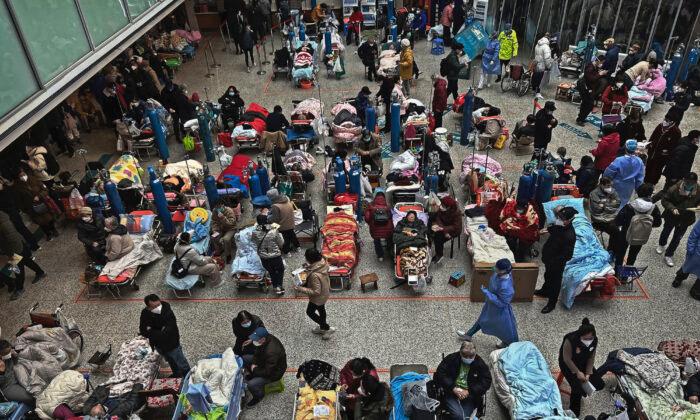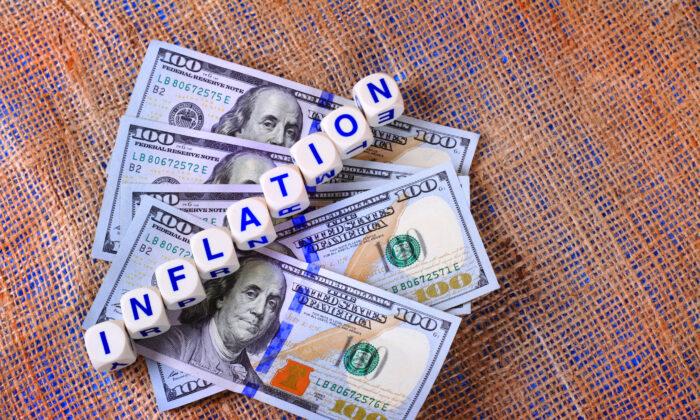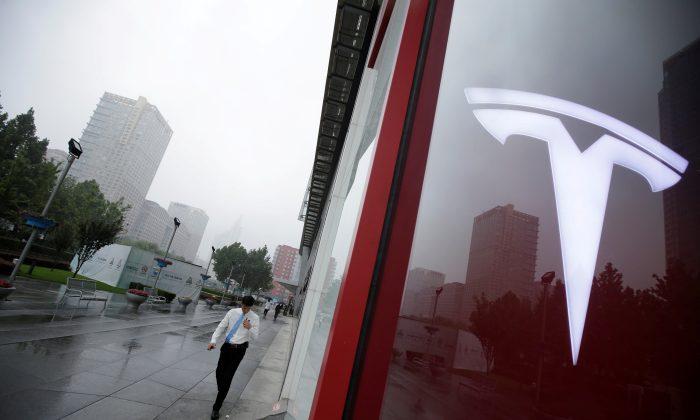Commentary
On Nov. 25, China’s central bank
announced its plan to cut the reserve ratio by 0.25 percent points, effective on Dec. 5, 2022. This would release 500 billion yuan ($69.7 billion) worth of long-term liquidity to the market. However, this move may not effectively boost the economy, but instead increase the financial risk for both corporations and banks.
This is the second cut of the reserve ratio in 2022, after the first cut on April 25, and will bring the weighted average reserve ratio of financial institutions down to
7.8 percent.
Banks and other financial institutions are required to maintain a certain percentage of bank deposits as a reserve with the central bank to ensure that it has the ability to meet liabilities in case of sudden withdrawals, which also provides banks a level of protection. The cut of the reserve ratio will increase the bank’s lending capacity and improve the liquidity of the market, which is expected to stimulate the overall economy.
Will it work as expected? The impact of the first rate cut this April had been fully offset by the disruptions of economic activities under the country’s “zero-COVID” policies. GDP growth rate slowed down to 3 percent in the first three quarters, from 4.8 percent in Q1 2022.
The latest economic data for October is even more worrying. Purchasing Managers’ Index (PMI), an index of the prevailing direction of economic trends in the manufacturing sector recorded at
49.2 percent, below the benchmark 50 percent, suggesting economic contraction. The production sub-index and new order sub-index were low at
49.6 percent and
48.1 percent respectively, implying weak supply and demand. The tertial sector also deteriorated with falling electricity consumption consecutively in
September and
October.
Some may argue that corporations could borrow more money from banks to increase their production or investment after the cut of the reserve ratio. That’s true. But on the other hand, their debt level will be pushed up, resulting in a higher financial risk. Do they have the capability to service those debts?
The answer is highly likely to be no, as it is not easy for them to sell their products when consumption is stifled and consumers’ confidence is weak. National retail sales dropped by
0.68 percent month-on-month in October, the seventh month with falling consumption in 2022. The deteriorating economic data and bad economic news will further undermine the confidence of both consumers and producers, which could be hardly restored by just lowering the reserve ratio.
Corporate debt default risk usually increases during economic downturns. Default debts result in higher bad debt for banks, which threaten bank asset qualities and capital adequacy, resulting in higher financial risks for banks as well.




